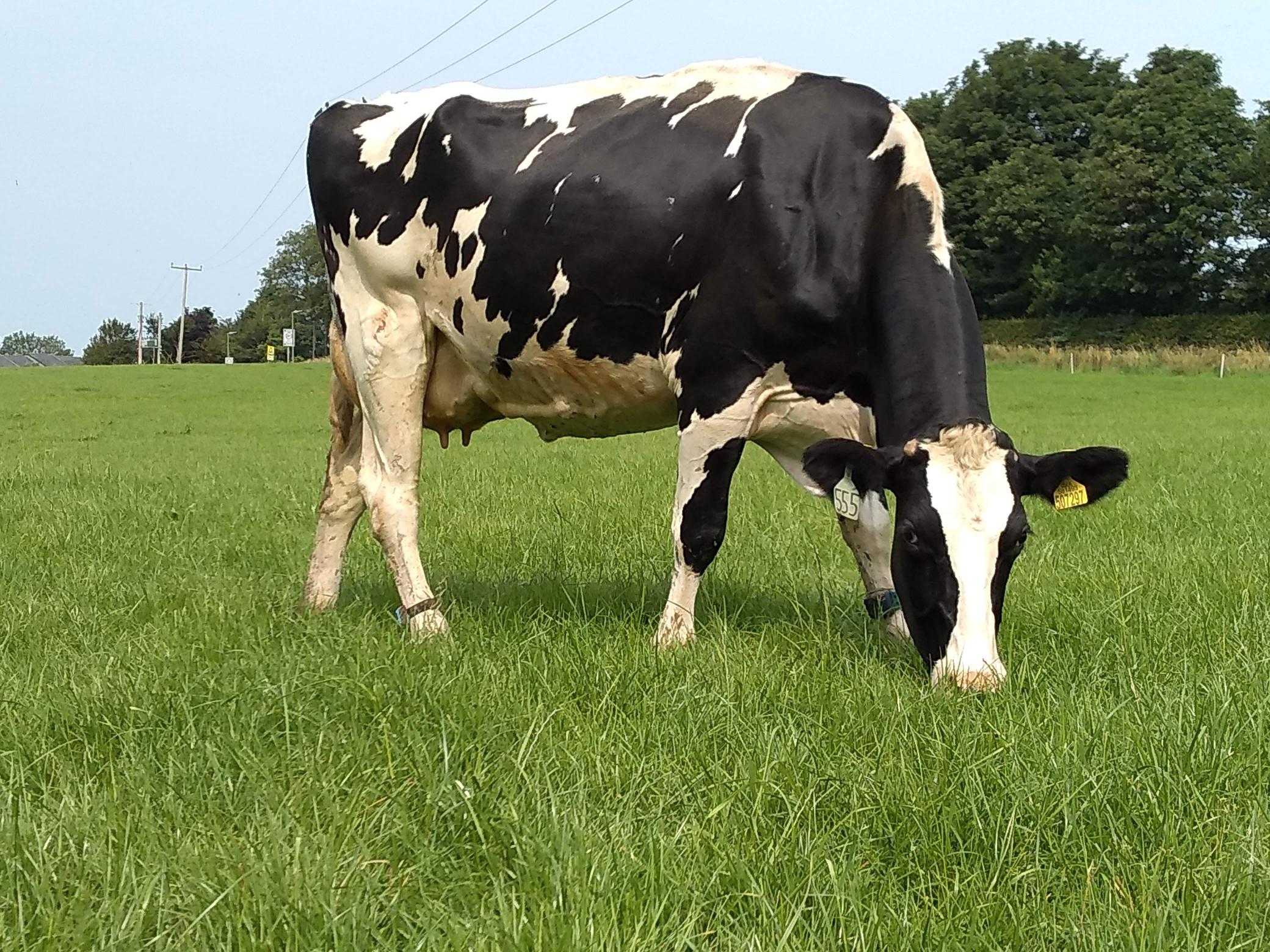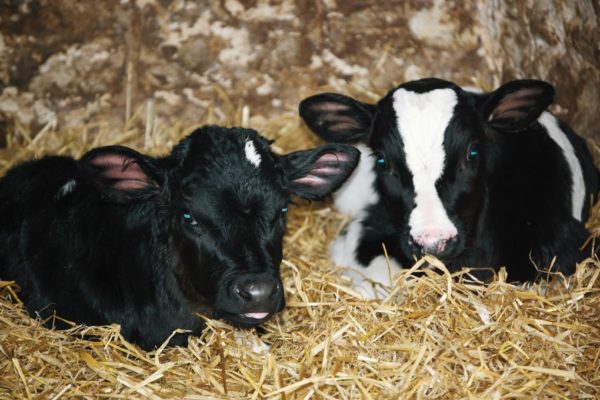MMN November 2024 – Waterbeds – the Ultimate in Cow Comfort?
7 November 2024Ensuring good cow comfort is critical to welfare and productivity and a new type of lying surface is gaining momentum – waterbeds! First developed in Europe over 15 years ago, the first design had problems with poor drainage and insufficient cushioning for the cows’ knees. Fast forward a few years and there are now various waterbeds on the market. The benefits reported include better cow comfort with longer lying times, fewer hock lesions and swollen hocks, higher milk production and they can even help to alleviate heat stress. What’s not to like? The downside is that the cost is higher than rubber mats or mattresses, but with the proven benefits and greater payback in cow welfare and milk production, they could be money well spent.
Sand bedding is thought to be the gold standard when it comes to cow comfort and reducing somatic cell counts and mastitis. Research is however mixed regarding the incidence of hock lesions, knee injuries and somatic cell counts when comparing waterbeds to other lying surfaces. A study published the Journal of Dairy Science in 2007 (Fulwider et al.) produced favourable results for waterbeds. Twenty-nine farms with waterbeds were compared with rubber filled mattresses (38 farms), and sand bedding (27 farms), with cows scored for cleanliness, hock lesions and hock swellings on the front and back legs. The results are summarised in the following table:
| Lying surface | Hock lesions (hairless spots) % | Swollen hocks % |
|---|---|---|
| Water bed | 25 | 3 |
| Rubber filled mattress | 72 | 17 |
| Sand bedded | 35 | 3 |
In terms of cleanliness, cows on sand tended to be slightly dirtier than those on mattresses or water beds. However there was no significant difference in somatic cell counts across the different lying surfaces. In this study, cows on waterbeds had the lowest cull rates and those on mattresses had the highest cull rates.
Waterbed cubicles can help reduce the incidence of hock lesions, as the bed is pliable and moves with the cow, so pressure points are eliminated when cows lie down. It is also easier for moisture on the bed to drain away and movement of the surface helps dislodge dried-on manure. A further benefit is that the level of cushioning does not get worse over time, unlike rubber mats or mattresses.
When it comes to big differences in environmental temperature between summer and winter, waterbeds are unlikely to freeze, even when temperatures are below freezing. If they do freeze, there is no long-term impact on performance of the bed. There is also evidence to suggest these beds have a cooling effect on cows in hot temperatures, with their surface temperature being nearly 3°C cooler than sand, mattresses or manure solids bedding.
Other factors to consider when choosing a new lying surface include lifespan, bedding requirements/costs, labour and management to maintain cleanliness. Some waterbed manufacturers suggest a 15–20-year lifespan, with lower bedding material requirements.
lorna.macpherson@sac.co.uk; 07760 990901
Sign up to the FAS newsletter
Receive updates on news, events and publications from Scotland’s Farm Advisory Service















